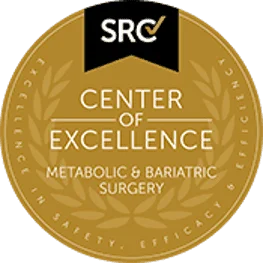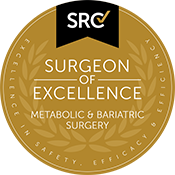What is Reflux or Hiatal Hernia Surgery?
Understanding Reflux surgery and Hiatal hernia repair
Reflux surgery, often referred to as anti-reflux surgery or fundoplication, is a procedure designed to treat gastroesophageal reflux disease (GORD) when lifestyle changes and medications are not effective. GORD occurs when stomach or bile acid frequently flows back into the esophagus, causing symptoms like heartburn, regurgitation, and discomfort.
Hiatal hernia repair is a surgical procedure designed to correct a hiatal hernia, where a portion of the stomach pushes through the diaphragm into the chest cavity. The surgery aims to reposition the stomach, repair the diaphragm, and, in some cases, address related issues like acid reflux.

Who Needs Reflux/ Hiatal Hernia Surgery?
- If you are experiencing significant reflux symptoms not controlled through medication
- If you are concerned about taking high dose anti-reflux medication long term
- If you are experiencing symptoms of a hiatal hernia
What are the Symptoms of Reflux/ GORD?
Reflux is common and in most patients, it is a condition which is not well understood. If you have been suffering from reflux symptoms or GORD, it is often useful to seek specialist care as your symptoms could be treated through more than just medication. Dr. Cheng is Sydney based specialist upper GI surgeon who manages reflux disease on a daily basis. Come chat with us today on how can help you with your symptoms.
Reflux/ GORD symptoms can often be divided into typical or atypical symptoms. Reflux issues can cause more than just daily discomfort. If left untreated, ongoing reflux can also lead to significant health implications.
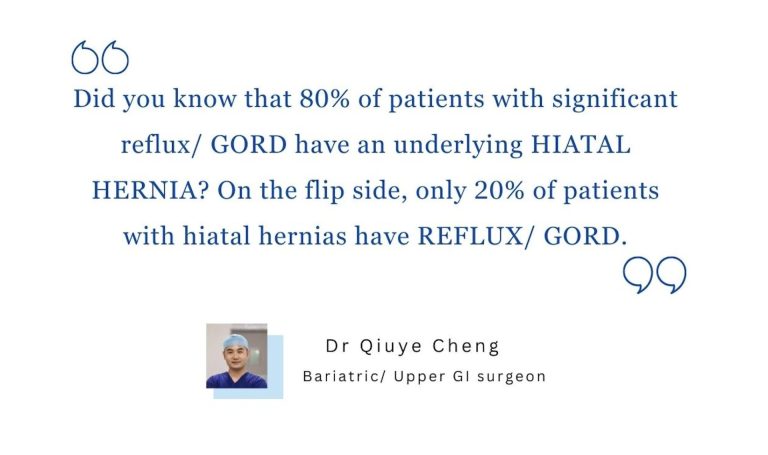
What Does Reflux Surgery Involve?
The main aim with reflux surgery is to be able to reconstitute the “one-way valve” ability of the gastro-oesophageal junction which is also known as the hiatus area. If you are suffering from significant reflux symptoms, it is more than likely that you have a “leaky gastro-oesophageal valve” which allows stomach contents and acid to move freely upwards into the oesophagus (our oral feeding tube). As mentioned previously, anatomical changes like hiatal hernias can disrupt the natural tightness of this valve.
As such, reflux surgery involves a single operation of repairing any hiatal weakness, fixing hiatal hernias and strengthening the hiatal area further through a procedure called fundoplication.
Normal Gastro-Oesphageal Junction Anatomy
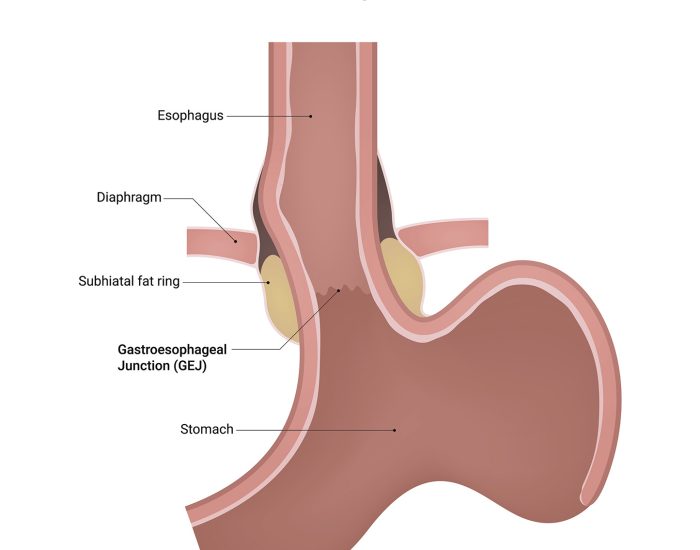
For the hiatus to function properly, there needs to be alignment between the body’s diaphragm muscle and circular muscle fibres of the lower gastro-osephageal sphincter.
Hiatal Hernia
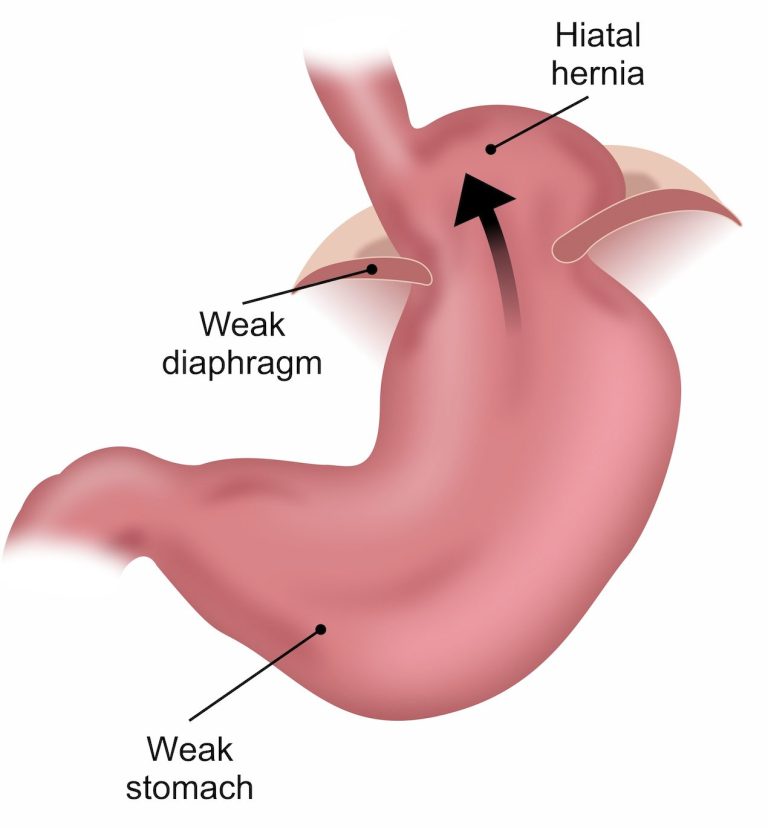
Weakness of the hiatal region can result in slippage of the stomach above the diaphragm which gives rise to hiatal hernias and hence disrupting the normal function of our “one-way valve” – gastro-oesophageal junction complex.
This weakness more often than not, needs to be concurrently corrected during surgery.
Fundoplication
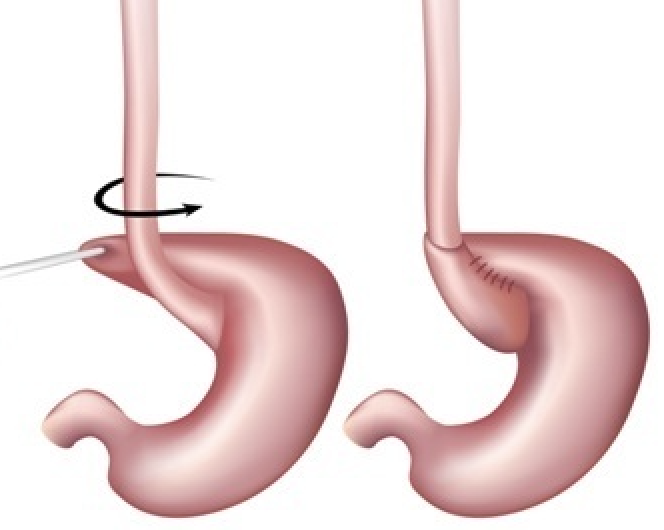
The integrity of the lower osephageal sphincter/ gastro-oesophageal junction is further enhanced through a surgically created stomach wrap (i.e. fundoplication) at the level of the lower oesophagus. This aims to add supportive bulk to the area which can help minimise volume reflux.


